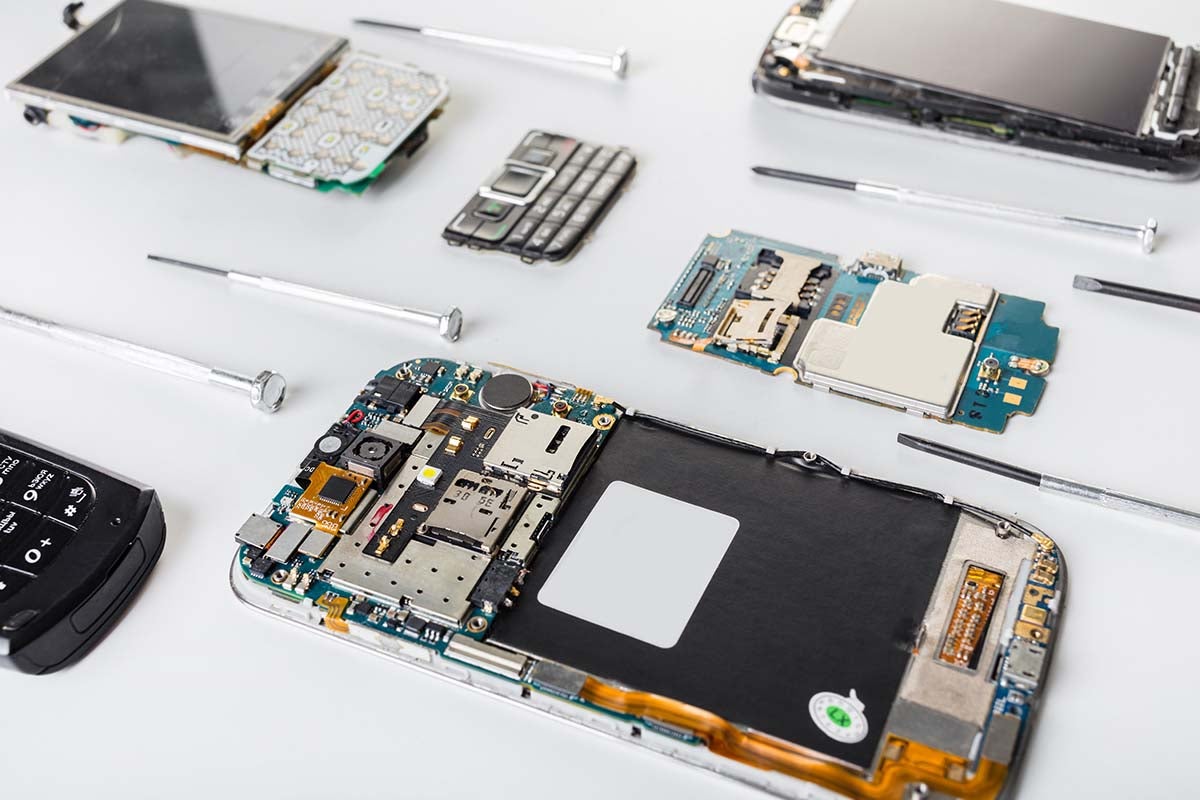Tech Tips
Solving Heavy Issues with Lightweighting

Lightweighting has become a buzzword in manufacturing, as manufacturers attempt to create both greener and more economical products. Lightweighting involves getting the weight out, which serves two purposes:
- reduce the weight of the product, so it takes less energy to move it
- use fewer resources, such as thinner pieces of plastic or metal
For converters, the primary benefit of lightweighting is found in the opportunities that are created when it comes time to develop new parts and bonding methods for component manufacturers and OEMs.
Lightweighting is not a new trend, but rather an ever-lowering bar.
What was once considered light is now considered a target for improvement, thanks to technology. The American Chemistry Council estimates that by simply using 2.2 pounds of adhesives, manufacturers can reduce the weight of a vehicle by up to 55 pounds. However, any change in the manufacturing process can produce ripple effects throughout that process. Take the Ford F-150 for example. The shift to an aluminum body was primarily to get weight out of the vehicle. That change, however, required other changes to be made. Paints needed to change. Adhesives needed to change. The welding process needed to change. This demonstrates the dynamic nature of today’s manufacturing environment; material components need to be continuously adjusted to meet new demands.
The impact on product life cycles.
This means that manufacturing supply chains are under constant strain to bring new options to the table, impacting product life cycles. What used to be in vogue for several years could now be obsolete within a year. Similarly, waste streams, recycling demands, and supplies used as a result of constant upgrades, are all now a normal part of the planning process. If an organization isn’t working to embrace change and can accept and manage change, it will have a tough time succeeding. It is important for customers, prospects, and suppliers to recognize these mindsets when selecting supply chain partners.
Material trends are changing.
Not surprisingly, the top materials in the lightweighting movement are physically lighter, but feature durability that is similar to their earlier counterparts. Metals are trending to aluminum over steel or to some exotic materials, like titanium in aerospace. Plastics are moving to thinner, stronger grades as they are developed. These include carbon-filled composites and thermoplastic olefins. With electronics in particular, thinner chemistries that manage heat and impact are being continuously researched. Aerogels, for example, are being considered as a replacement for standard polyimides in some situations.
The pressure-sensitive advantage.
This trend has helped open up new and exciting business opportunities for converters who utilize polymeric coating technology, specifically in the transportation industry, including rail, aerospace, and automobile, where excessive weight can have significant negative impact on the final product. Other market segments, however, also benefit. Consider personal devices, such as cell phones and laptop computers, where manufacturers are constantly seeking new and innovative ways to reduce size and weight without having a negative impact on performance. Essentially, anything that needs to be transported can benefit from lightweighting.
The right partner is key.
As a converter, you can take advantage of this opportunity to work with your customers to develop new, lighter weight material constructions that will allow them to generate new revenue. You can leverage a wide array of products that will make you more attractive to your customers. The key is to partner with an experienced supplier early in the process so that you can find the product that will address all of your customer’s needs. That may involve using a stock product, or developing a custom product that meets very specific requirements. For example, by combining different laminations, we can create products that have specific performance attributes, but at a fraction of the weight of other technologies. This is exactly what happened when we worked with a customer on a shaftless steering system component for cars. The customer utilized technology that involved “steer by wire”. This pulls a considerable amount of weight out of the automobile and allows for other components to be more easily installed in the firewall of modern vehicles.
We were also involved in the development of conductive coatings that automotive manufacturers were looking at to replace the traditional wiring harness. Once again, this process involves lightweighting the vehicle and also opens up space for alternative uses, such as enhancing space, lighting, and passenger comfort.
Lightweighting Pressure-sensitive films.
Finally, even within the realm of pressure-sensitive films, there are opportunities to lightweight. Although material costs continue to climb, lighter and thinner substrates are becoming more popular, allowing for reductions in waste, cost, and weight. At the same time, new laminating processes and adhesives with quicker curing and dry times help to support more uses.
Partnering with customers and end users to help you enhance your own technologies is where Flexcon can assist by offering toll-coating services. With our short-run manufacturing capabilities, we can coat products using a variety of technologies to convert your materials (toll coating) or your materials and our adhesives and topcoats (custom coating) into either a sub-component or the final product. We can also provide vast technical knowledge in the form of an experienced product development team and polymer scientists and experts. This exchange of information can lead to ongoing conversations with your customers, keeping you in the loop as they continuously seek lighter alternatives to today’s products.
So if you are looking to make the most of opportunities in this constantly evolving field, we can provide you with the technology, the products, and the knowledge to make the most of lightweighting.
